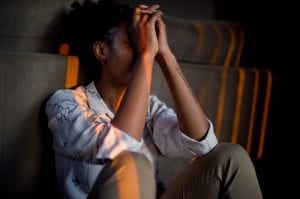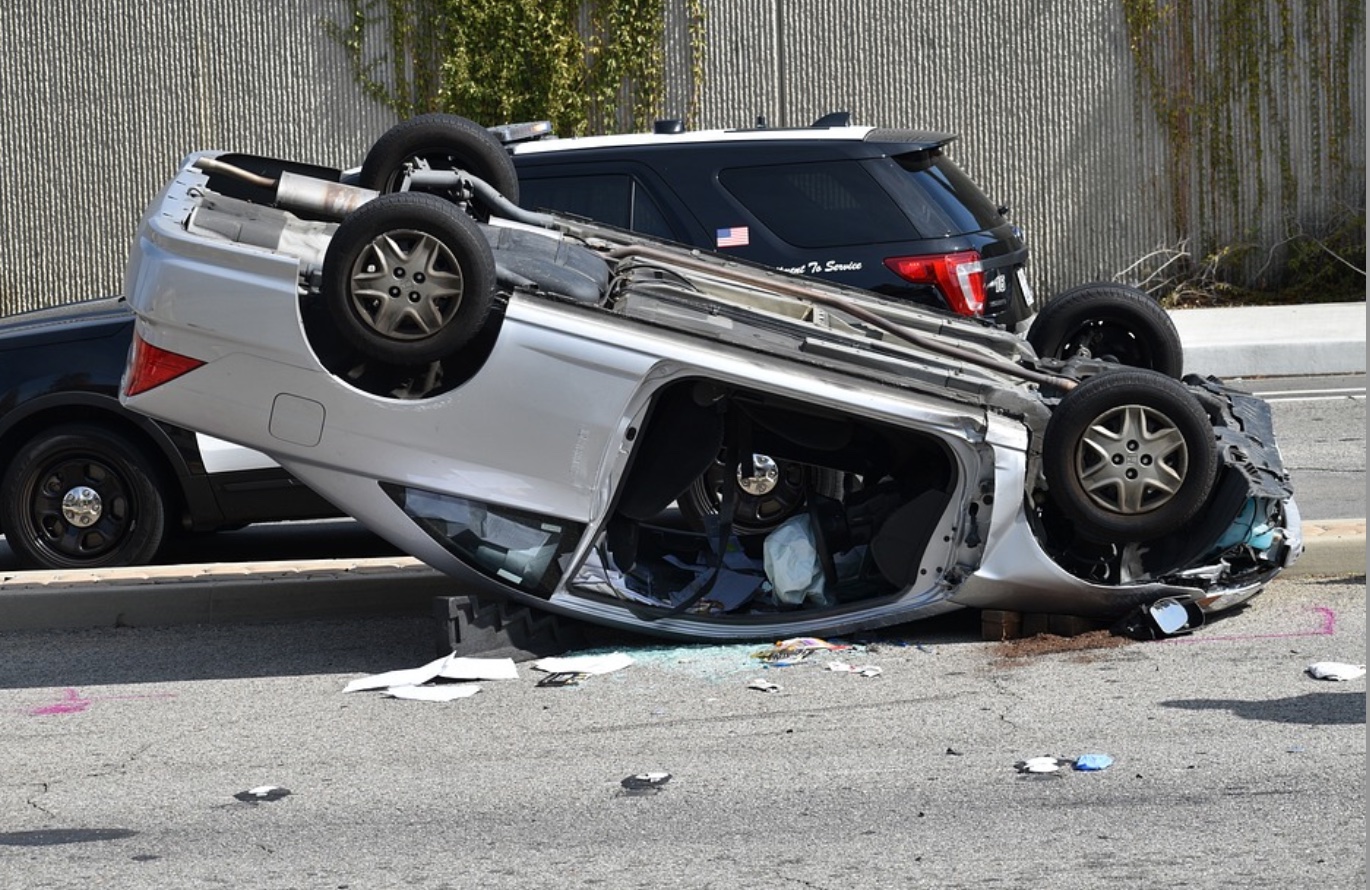The effects of rollover accidents extend beyond physical injuries. Victims and their families often face emotional distress and financial burdens.
Fatal rollover accidents pose a significant challenge in determining liability due to various contributing factors, from vehicle design to driver behavior. Recent incidents in Greeley highlight these complexities, as seen in a tragic rollover accident on Highway 34, resulting in multiple casualties and serious injuries. Understanding the intricacies of liability in such accidents is crucial for ensuring justice and fair compensation.
The Greeley case underscores the importance of examining driver conduct and vehicle characteristics as potential negligence factors. In this instance, the driver involved faced charges of vehicular homicide, illustrating how legal accountability is addressed when human error is identified as a cause. The potential influences of vehicle design, such as a high center of gravity common in SUVs and vans, remain pivotal in assessing liability.
Legal considerations in establishing accountability extend beyond individual fault. Factors like road conditions and mechanical failures are pivotal in liability discussions, offering a broader perspective on these incidents. Insights from recent events in Greeley provide a framework for understanding the complexities involved in determining responsibility in fatal rollover accidents and emphasize the need for comprehensive investigations to pinpoint all contributing elements.
Exploring the Dynamics of Rollover Accidents
Rollover accidents often result in severe injuries and fatalities, making them a critical area of study for improving vehicle safety and legal responsibility. By examining the causes and the impact of vehicle type and safety features, a clearer understanding can be achieved.
Causes of Rollover Crashes
Rollover crashes typically occur due to a combination of driver behavior, road conditions, and vehicle characteristics. A typical dynamic rollover test involves scenarios like curb trips or soil trips, where lateral forces cause a vehicle to tip over. Excessive speed and sudden steering maneuvers are common triggers.
Environmental factors also play a role, such as sharp curves and inclement weather conditions. Road design, particularly narrow shoulders or steep embankments, can further exacerbate the risk. Identifying these causes helps in developing targeted strategies for legal protection and accident prevention. Legal support for accident victims becomes essential when understanding liabilities in these complex scenarios.
Impact of Vehicle Type and Safety Features
The type of vehicle significantly impacts the likelihood and severity of a rollover crash. Sport Utility Vehicles (SUVs), with higher centers of gravity, are more prone to rollovers compared to sedans. Safety features like electronic stability control and advanced braking systems are crucial in mitigating these risks. The National Highway Traffic Safety Administration reports that vehicles with robust roof support and restraint systems tend to protect occupants better in rollover conditions.
Seat belts and airbags also play vital roles in reducing injuries during rollovers. Understanding these dynamics can assist victims in seeking compensation and legal redress more effectively. Additionally, it emphasizes the importance of vehicle selection to enhance occupant safety.
Legal Aspects of Fatal Rollover Accidents
Fatal rollover accidents often involve complex legal challenges, including determining liability and understanding comparative fault. Each case requires careful examination of the circumstances to assess who may be legally responsible.
Determining Liability and Negligence
In fatal rollover accidents, liability can be determined by identifying the parties whose actions contributed to the crash. This may include drivers, vehicle manufacturers, or maintenance providers. When vehicle defects lead to rollovers, the manufacturer may face claims, as seen in lawsuits focused on vehicle design flaws. Key evidence includes accident reports, witness statements, and expert analyses.
Negligence is a crucial factor when assessing liability. Drivers may be considered negligent if they violated traffic laws, such as speeding or reckless driving. In cases involving defective vehicle components, the focus shifts to product liability and whether the defect directly caused the accident. Legal teams play a pivotal role in gathering evidence and building a strong case for their clients, offering trusted legal support for accident victims.
Comparative Fault in Multi-Vehicle Collisions
In multi-vehicle rollover accidents, comparative fault determines how responsibility is shared among involved parties. States often use different systems to apportion fault, such as modified comparative negligence, where each party’s degree of fault reduces their recoverable damages. For instance, if a driver is 30% at fault, their compensation might be reduced accordingly.
Analyzing collision dynamics is critical in cases involving multiple vehicles. Factors such as driver behavior, road conditions, and vehicle maintenance records provide insight into each party’s level of responsibility. This approach requires experienced legal evaluation to ensure fair outcomes, with the aim of ensuring accident victims receive appropriate compensation based on the established fault distribution.
Impact on Victims and Their Families
The effects of rollover accidents extend beyond physical injuries. Victims and their families often face emotional distress and financial burdens. Additionally, the pursuit of compensation involves complex legal processes requiring trusted legal support for accident victims.
Emotional and Financial Aftermath

Rollover accidents frequently cause catastrophic injuries and fatalities. Survivors and families may experience trauma, depression, and anxiety as they process the events and cope with their new realities. The loss of a loved one can leave emotional scars that persist long-term. Financial challenges can arise due to medical bills, rehabilitation costs, and lost income. In many cases, families struggle to cover expenses due to reduced earning capacity. Access to support services, like counseling or support groups, can be vital during these times, helping manage grief and financial planning.
Pursuit of Compensation
For victims seeking justice, understanding the legal landscape of rollover accidents is essential. Liability can involve factors such as negligence, driver behavior, and vehicle design, especially for vehicles with a higher rollover risk, like SUVs. Compensation claims may focus on recovering damages for medical expenses, pain and suffering, and loss of future earnings. Navigating these claims necessitates effective legal representation to build a strong case. Engaging trusted legal support for accident victims can improve prospects for a successful outcome, as experienced professionals can manage complex litigation and ensure the victim’s rights are protected throughout the legal process.
Navigating the Legal Process
Securing compensation and justice in fatal rollover accident cases requires clear steps and a strong legal strategy. Understanding the immediate actions to take and the importance of professional legal support can significantly aid in this complex process.
Steps to Take Following a Fatal Rollover
Following a fatal rollover accident, immediate action is crucial. First, contacting emergency services ensures prompt medical aid and documentation of the accident scene. Alerting law enforcement provides a formal record of the incident, which is essential for any legal procedures.
Gathering evidence, such as photographs of the accident scene, testimonies from witnesses, and any relevant documents, helps build a strong case. It’s also important to notify the insurance company about the accident. They guide on how to proceed with claims, though one must remain cautious about what is communicated to them.
Additionally, obtaining a copy of the police report provides a detailed account of the accident and can be instrumental in legal proceedings. Keeping detailed records related to the accident, including medical bills and repair invoices, documents the financial impact and supports compensation claims.
The Role of Legal Representation in Accident Claims
Legal representation is crucial in handling the complexities of accident claims. Trusted legal support for accident victims provides guidance on navigating insurance negotiations and understanding liability implications. A qualified attorney protects the victim’s rights and helps decipher the intricate legal terms involved.
Experienced lawyers can demonstrate that another party’s negligence directly led to the accident, thus influencing liability outcomes. They also manage communication with insurance companies and aim for fair compensation, possibly beyond initial offers.
Furthermore, legal experts offer support during court proceedings if a settlement cannot be reached out of court. By representing the interests of those affected by the accident, they seek to ensure justice is served and appropriate damages are awarded.


Join the conversation!